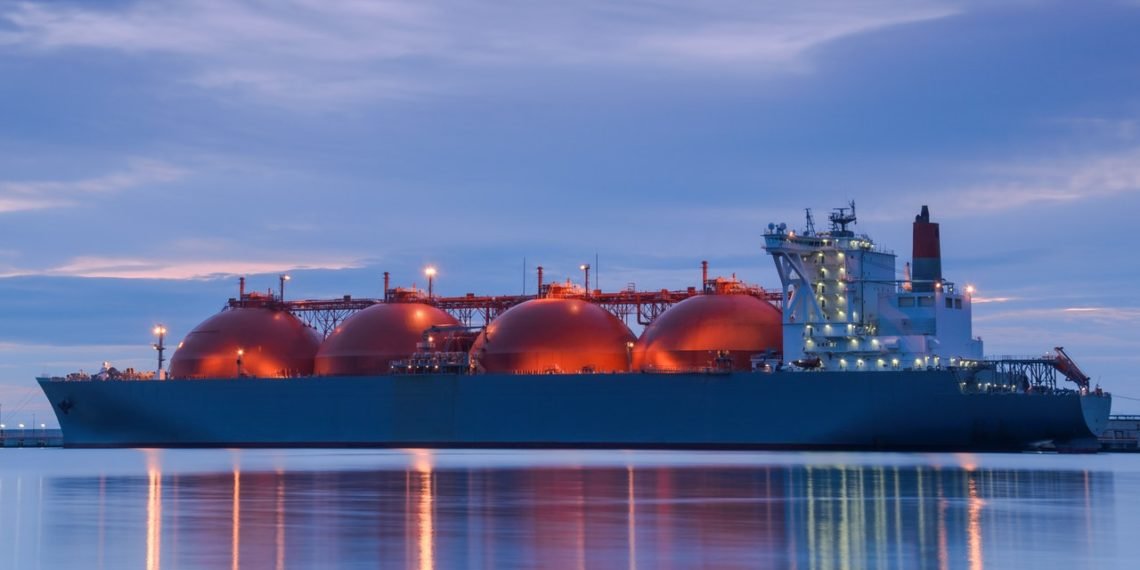A report by the International Gas Union (IGU) says that gas demand is expected to recover to pre-pandemic levels in 2021 in mature markets, and see additional growth in emerging markets as the low-price environment spurs consumption.
According to the report, the impact of Covid-19 on the global economy will reverberate for some time and this will result in average natural gas demand growth of 1.5% per annum from 2019 to 2025. This it says is positive, but lower than the agency’s pre-Covid-19 forecast of 1.8% average annual growth for the same period.
The IGU in its Global Gas Report for 2020 noted that, after growing by more than 2% in 2019, global gas use is set to fall by around 4% in 2020, before recovering in 2021 as the Covid-19 pandemic has brought about a reduction in energy consumption across the global economies.
It also cautioned that an enduring pandemic scenario, where the pandemic stretches well into 2021, would have knock-on implications for critical gas infrastructure build-out in emerging Asia, creating bottlenecks for gas demand growth that may have larger implications on demand recovery post 2021.
The market is expected to begin re-balancing as producers curb supply and the pandemic delays commissioning of new Liquefied Natural Gas (LNG) projects.

Moving on to low-carbon transition, the report also said that, gas technologies can play a major role. As countries and regions pursue a low-carbon transition, technologies such as biomethane, hydrogen and gas with carbon capture could play an important role, serving to decarbonize sectors of the economy that are currently seen as hard to abate and providing opportunities for long-term growth for the gas industry.
It said also that, the resulting low gas prices, as well as clean air and climate policies, will promote further switching to gas from other more polluting energy sources, such as oil and coal.
It noted that
“The trend was already underway before the pandemic, thanks to cost-competitive gas in key sectors including power, industry and transport, and major regions including Europe, North America and Asia.”
It however said that, investment and policy support are needed to scale up these solutions.
The report showed that medium-term growth would come from increasing cost-competitiveness and increased global access to gas. Hinting that a particular growth opportunity exists in liquefied natural gas. LNG imports reached 482-billion cubic meters in 2019, up 13% from 2018, and while this figure is expected to fall by around 4.2% in 2020, it could rebound quickly to previous levels as soon as 2021, depending on the persistence and longevity of the pandemic.
It said the ample natural gas resources exist to support demand growth, but greater gas infrastructure development is needed to support growth in the medium term.
The report found that 2019 was a strong year of growth for the global gas industry as they reached new landmarks on consumption and international trade and as abundant supply and competitive prices underpinned emissions reduction through fuel switching from more emissions-intensive fuels to natural gas.























